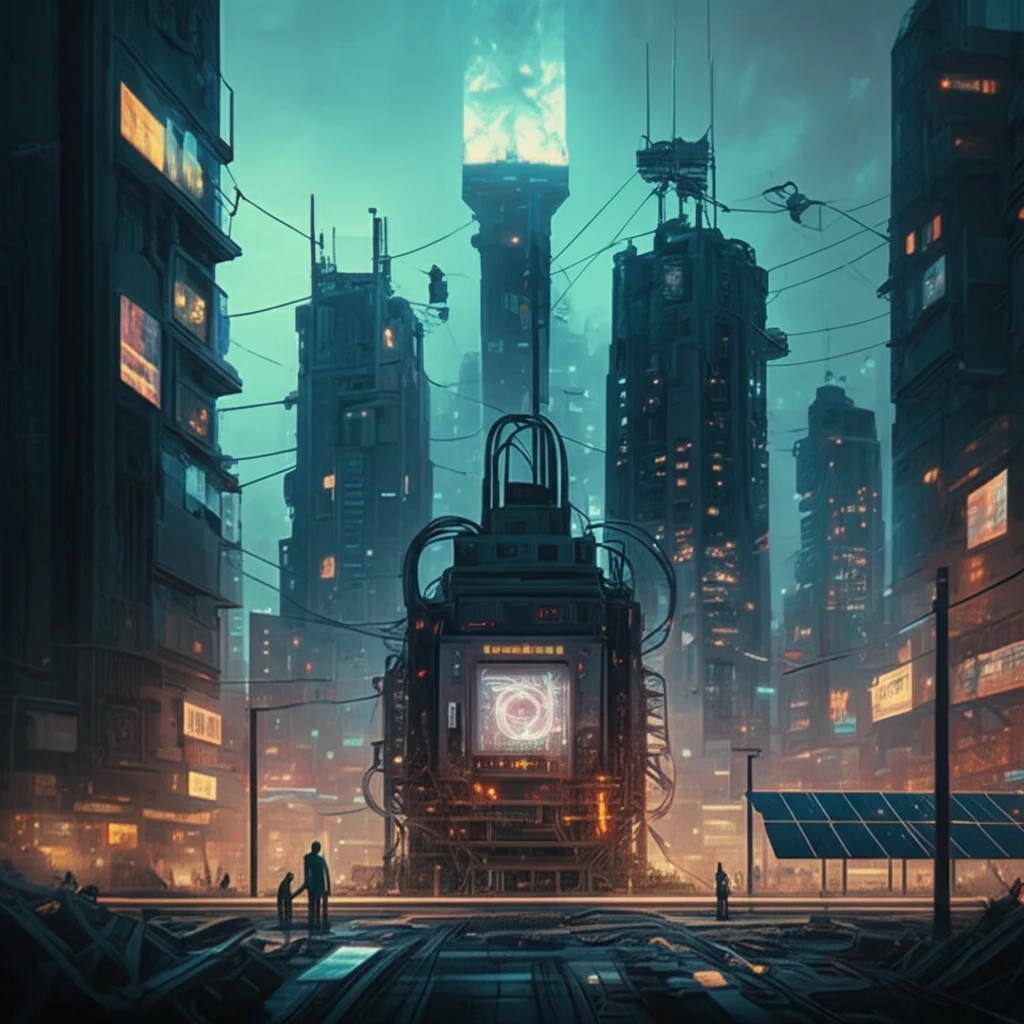
Powering the Future: How Advanced Converters are Revolutionizing LED Lighting in Microgrids
"Explore the innovative power electronic converter technology that's making LED lighting more efficient and sustainable in micro and nanogrid systems."
In an era defined by the increasing integration of renewable energy sources and the growing need for energy-efficient solutions, microgrids and nanogrids are emerging as critical components of future power systems. These smaller, localized grids offer enhanced flexibility and control, allowing for smarter energy management and distribution. At the heart of this transformation lies the evolution of LED lighting systems, which are rapidly becoming the preferred choice for illumination due to their superior efficiency and longevity.
LED lighting's integration into microgrids is significantly influenced by advancements in power electronic converters. These converters play a crucial role in adapting the energy generated from diverse sources, such as solar panels and batteries, to meet the specific needs of LED lighting systems. The effectiveness of these converters directly impacts the overall performance and reliability of the lighting setup, making their design and optimization paramount.
This article explores the cutting-edge power electronic converter technology designed to supply LED lighting systems within micro and nanogrids. By examining the components, functionality, and advantages of these converters, we aim to provide a comprehensive understanding of their role in shaping the future of sustainable lighting solutions. This will not only illuminate the technical aspects but also touch upon the broader implications for energy management and environmental conservation.
The Architecture of Innovation: Power Electronic Converters for LED Lighting

The core of any efficient LED lighting system within a microgrid lies in its power electronic converter. The primary function of this converter is to take the energy generated by sources like photovoltaic (PV) arrays or stored in batteries and convert it into a form suitable for powering LEDs. A typical system consists of several key components working in harmony:
- Battery: Acts as an energy reservoir, storing excess power generated by renewable sources for use during periods of low generation.
- Buck Converter: Efficiently steps down the voltage from the battery or PV array to the level required by the LED lighting system.
- Control System: Manages the operation of the buck converter, adjusting the voltage and current to optimize LED performance and energy usage.
- LED Lighting System: The array of LEDs that provide illumination, designed to operate efficiently with the power supplied by the converter.
Illuminating the Future: The Promise of Advanced LED Systems
The development and implementation of advanced power electronic converters for LED lighting systems in microgrids represent a significant step toward more sustainable and efficient energy solutions. By optimizing the integration of renewable energy sources and enhancing the performance of LED lighting, these technologies are paving the way for a brighter, more energy-conscious future. As research and innovation continue, we can expect further advancements that will drive down costs, improve reliability, and expand the applications of these systems, making them an integral part of our energy landscape.
